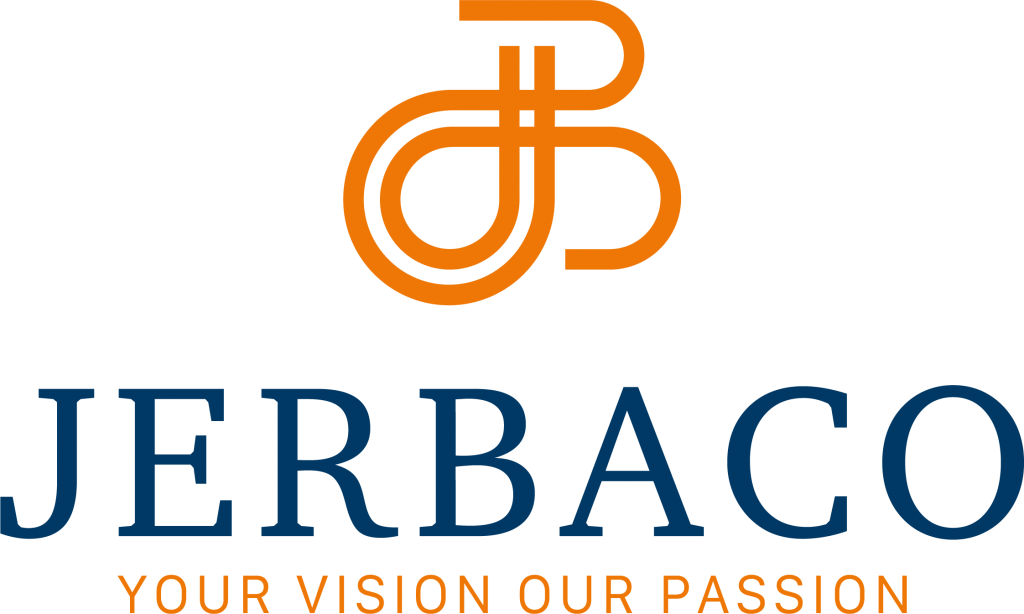Azure Kubernetes Service (AKS) has emerged as a leading platform for container orchestration, offering scalability (with Keda), flexibility, and an easy management panel. However, like any technology, misconceptions about security can lead to suboptimal practices and positionally compromise the integrity of your applications.
In this blog post, we’ll discuss some common misconceptions about Azure Kubernetes Security and provide insights into how you can correct the misconceptions to enhance the overall security posture.
Azure takes care of everything, my AKS cluster is inherently secure
While Azure provides a robust foundation for security, it’s crucial to understand that security is a shared responsibility. Microsoft ensures the security of the underlying infrastructure, but the configuration and management of your AKS cluster, applications and network security are still your responsibility. To address this, regularly reviewing and implementing best practices for AKS security, including network policies, role-based access control (RBAC), and Azure Policy, is a must!
Default configurations are secure enough
One common misconception is that the default configurations provided by Azure are sufficient for securing AKS clusters. In reality, default settings are designed to be flexible and accommodate various use cases, which may not align with your specific security requirements. It’s essential to customize configurations based on your organization’s security policies. For instance, restrict unnecessary network access, use Azure Policy to enforce compliance, and leverage Azure Security Center for continuous monitoring.
Container Security is not my concern; Azure manages it
Containers bring efficiency and agility, but overlooking container security can expose vulnerabilities. Azure provides tools like Azure Container Registry (ACR) for secure image storage and Azure Container Instances (ACI) for easy container deployment. However, implementing container security best practices, such as regular vulnerability scanning, image signing, and runtime security tools, is crucial. Tools like Azure Security Center and Azure Monitor can help detect and respond to security threats in real-time.
RBAC alone is sufficient for Access Control
Role-Based Access Control (RBAC) is a powerful tool for managing permissions within AKS, but relying solely on RBAC may leave security gaps. Implementing the principle of least privilege is important, granting users and applications only the permissions they need. Additionally, use Azure Active Directory integration for identity management, enforce Multi-Factor Authentication (MFA), and regularly audit and review access controls to ensure they align with organizational changes.
AKS is isolated from the rest of Azure; I don’t need network security
While AKS provides isolation, network security is still critical to securing your cluster. Implementing network policies, configuring Azure Firewall, and using Azure Virtual Network Service Endpoints can help control traffic and prevent unauthorized access. Regularly review and update network security groups, and consider using Azure Bastion for secure remote access to your AKS cluster.
Conclusion
Azure Kubernetes Service offers a robust platform for container orchestration, but ensuring the security of your AKS clusters requires proactive measures and a clear understanding of shared responsibilities. By dispelling common misconceptions and adopting best practices, organizations can create a secure and resilient environment for their containerized applications in Azure. Regularly staying informed about updates, leveraging Azure’s security tools, and actively participating in the Azure security community will contribute to an effective and evolving security strategy for your AKS deployments.

